Introduction: Why eCommerce Web Scraping is a Game-Changer
The eCommerce industry is one of the most competitive markets today. Businesses must constantly adjust their pricing, product offerings, and marketing strategies based on real-time data. But how do successful eCommerce brands and retailers stay ahead?
The answer: eCommerce web scraping—a technique that allows businesses to extract real-time data from competitor websites, marketplaces, and online stores.
Using web scraping, eCommerce businesses can:
✅ Monitor competitor prices to stay competitive
✅ Track product availability across marketplaces
✅ Analyze customer reviews for product improvements
✅ Extract best-selling product insights to optimize inventory
But web scraping isn’t always easy—many challenges like CAPTCHAs, IP bans, and dynamic content can slow you down. That’s why businesses turn to Easy Data for automated eCommerce data extraction solutions.
In this guide, we’ll explore:
- How eCommerce web scraping works
- Top use cases & benefits
- Challenges & solutions
- Best tools & automation strategies
Let’s dive into how eCommerce web scraping can give your business a competitive edge!
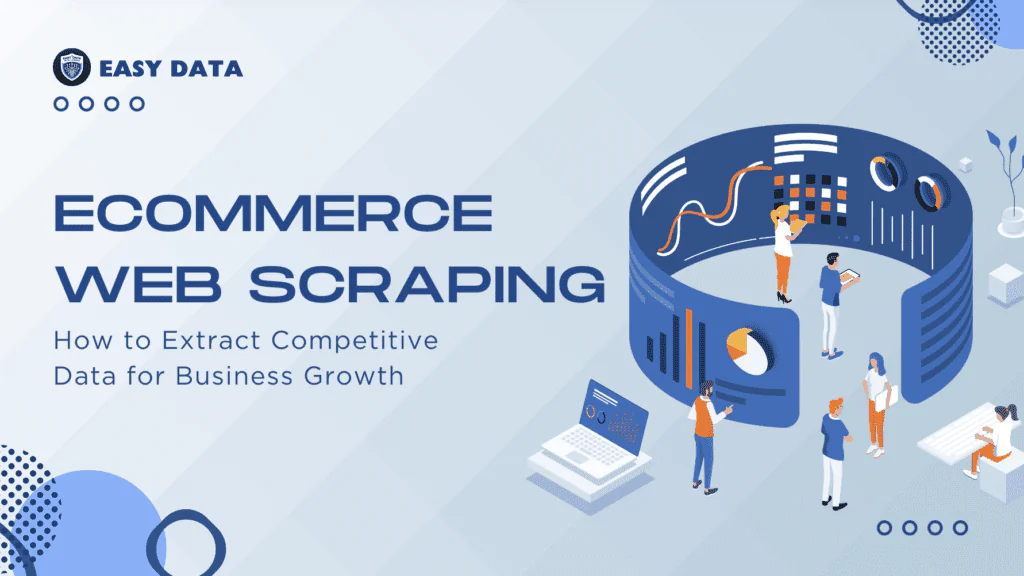
- Introduction: Why eCommerce Web Scraping is a Game-Changer
- What is eCommerce Web Scraping?
- Top 5 Use Cases of eCommerce Web Scraping
- Challenges in eCommerce Web Scraping & How to Overcome Them
- Best Tools for eCommerce Web Scraping
- How Easy Data Automates eCommerce Web Scraping
- Final Thoughts: Leverage eCommerce Web Scraping for Success
What is eCommerce Web Scraping?
eCommerce web scraping is the process of extracting publicly available data from online stores, marketplaces, and competitor websites using automated tools.
🔍 Common eCommerce Data to Scrape:
- Product listings (title, description, category)
- Pricing data (regular price, discounts, promotions)
- Customer reviews & ratings
- Stock availability & inventory tracking
- Shipping options & costs
📌 Where Can You Scrape eCommerce Data From?
Some of the most commonly scraped eCommerce platforms include:
- Amazon (www.amazon.com) – Price monitoring & product research
- eBay (www.ebay.com) – Auction tracking & seller analytics
- AliExpress (www.aliexpress.com) – Supplier insights & dropshipping trends
- Walmart (www.walmart.com) – Retail price comparison
- Google Shopping (www.google.com/shopping) – Multi-store price tracking
Top 5 Use Cases of eCommerce Web Scraping
1. Price Monitoring & Competitive Intelligence
Ecommerce web scraping helps businesses track competitor prices and adjust their own prices in real time.
✅ Scrape product pricing from Amazon, Walmart, and eBay
✅ Monitor competitor discount strategies
✅ Optimize dynamic pricing strategies
🔎 Example: A retailer uses web scraping to compare prices daily and automatically adjust their pricing to stay competitive.
💡 Pro Tip: Use Easy Data for real-time price tracking automation.
2. Product & Market Research
Scraping eCommerce websites helps businesses:
✅ Identify best-selling products in their niche
✅ Track customer demand trends
✅ Discover profitable product categories
🔎 Example: A dropshipper scrapes AliExpress & Etsy to find trending products before competitors.
💡 Pro Tip: Check Google Trends alongside web scraping for trend analysis.
3. Customer Sentiment Analysis
Scraping customer reviews from Amazon, eBay, and Walmart helps businesses understand:
✅ Customer pain points & improve product quality
✅ Common complaints & feature requests
✅ Brand reputation across marketplaces
🔎 Example: A brand scrapes Amazon reviews to analyze negative feedback and improve product design.
💡 Pro Tip: Use VADER Sentiment Analysis to automate sentiment analysis on scraped reviews.
4. Inventory & Stock Monitoring
Businesses can use eCommerce web scraping to:
✅ Track product availability across online stores
✅ Monitor supply chain trends
✅ Prevent out-of-stock issues
🔎 Example: A retailer scrapes competitor inventory levels to ensure they always have stock when competitors run out.
💡 Pro Tip: Easy Data provides real-time inventory tracking solutions.
5. Competitor Content & SEO Analysis
Businesses can scrape eCommerce websites to:
✅ Analyze product descriptions & keywords
✅ Track competitor ad copies & promotions
✅ Optimize their own SEO & listings
🔎 Example: An eCommerce store scrapes top competitor listings to improve their own SEO strategy.
💡 Pro Tip: Use Google Keyword Planner along with scraped data for keyword research.
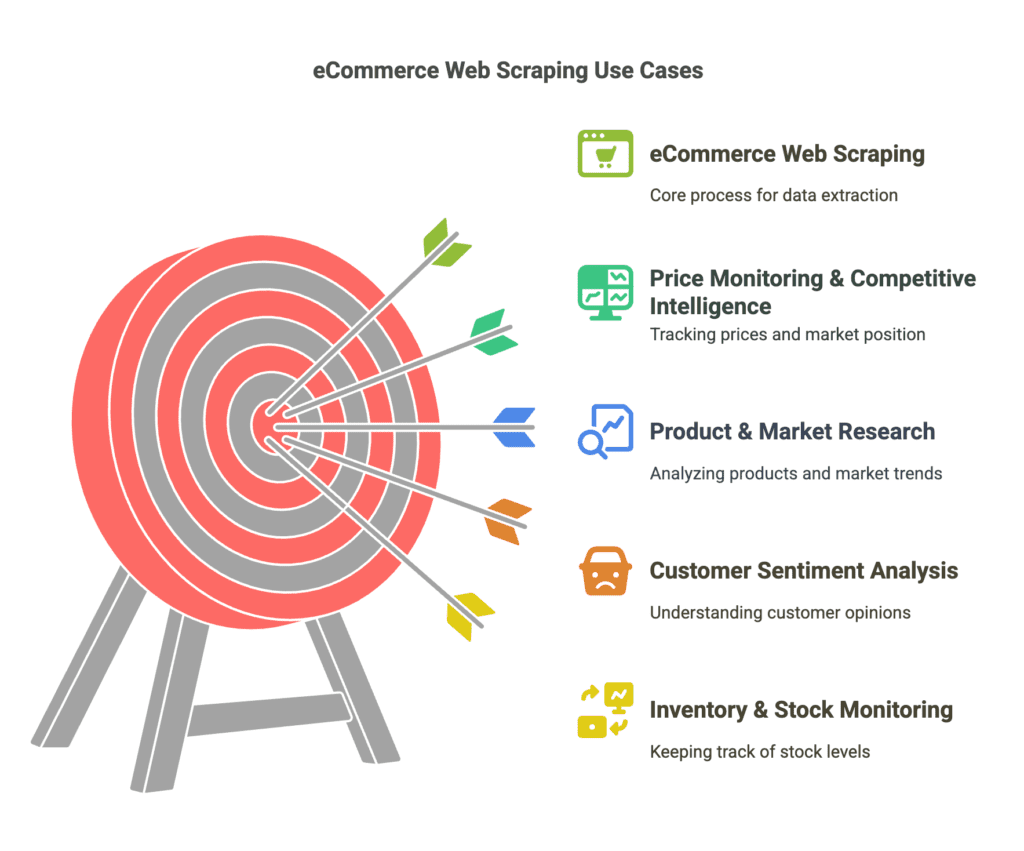
Challenges in eCommerce Web Scraping & How to Overcome Them
❌ 1. Websites Blocking Scrapers (403 Errors, IP Bans, CAPTCHAs)
🔎 Solution:
✔ Use rotating proxies & user agents
✔ Implement CAPTCHA-solving services (2Captcha)
✔ Scrape during off-peak hours
❌ 2. JavaScript-Rendered Content (Dynamic Pages)
🔎 Solution:
✔ Use headless browsers like Selenium or Puppeteer
✔ Extract data from XHR/Fetch API requests
❌ 3. Frequent Website Structure Changes
🔎 Solution:
✔ Use AI-driven scrapers that adapt to changes
✔ Monitor website updates with automated alerts
❌ 4. Legal & Ethical Concerns
🔎 Solution:
✔ Always check robots.txt (robots.txt validator)
✔ Use official APIs when available
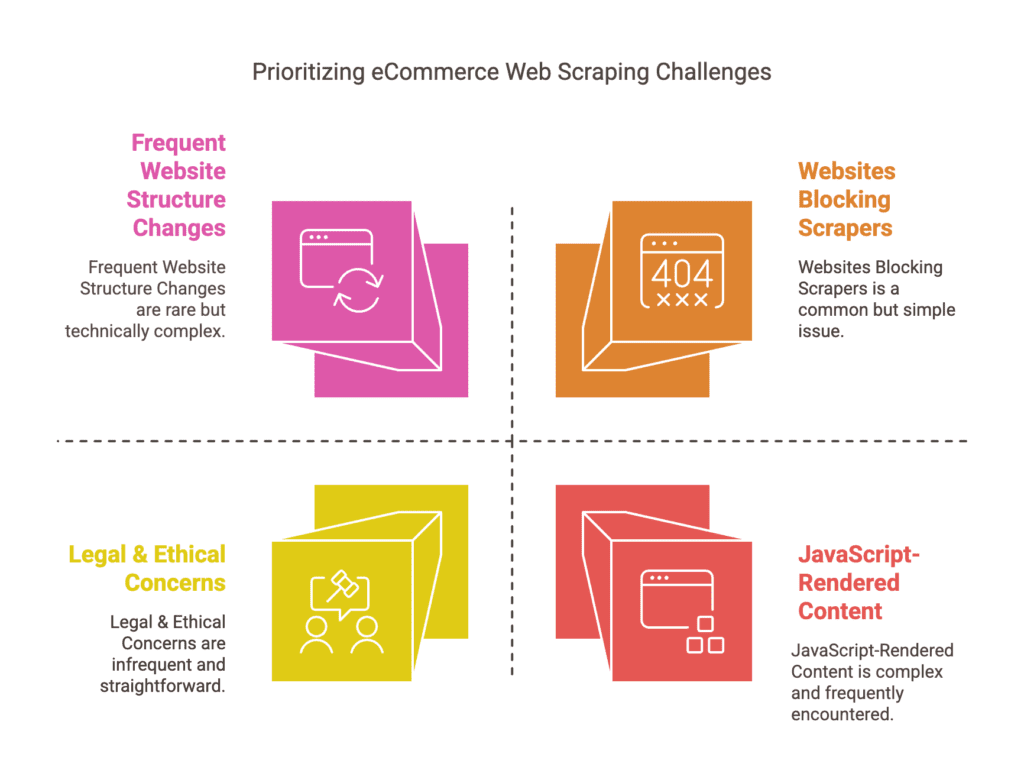
Best Tools for eCommerce Web Scraping
📌 Best Python Libraries:
-
BeautifulSoup→ HTML parsing -
Scrapy→ Full web scraping framework -
Selenium→ Scraping dynamic JavaScript sites
📌 Best Proxy Services:
- Bright Data – Residential proxies
- Oxylabs – Enterprise-level proxies
📌 Best Web Scraping Automation Services:
✅ Easy Data → Custom eCommerce web scraping solutions
How Easy Data Automates eCommerce Web Scraping
Instead of handling complex web scraping challenges yourself, Easy Data offers:
🚀 Fully Automated Data Extraction – No coding required
📊 Real-Time Price & Inventory Tracking – Always stay ahead
🔄 Custom API Access – Structured, ready-to-use data
💾 Scalable Cloud Storage – CSV, JSON, or database integration
✅ Start scraping eCommerce data today! → Contact Easy Data
Final Thoughts: Leverage eCommerce Web Scraping for Success
eCommerce businesses that leverage web scraping gain data-driven insights that fuel growth. Whether it’s price tracking, customer sentiment analysis, or market research, scraping eCommerce websites provides an unfair advantage in the competitive online marketplace.
📩 Need eCommerce scraping solutions? Contact Easy Data today!
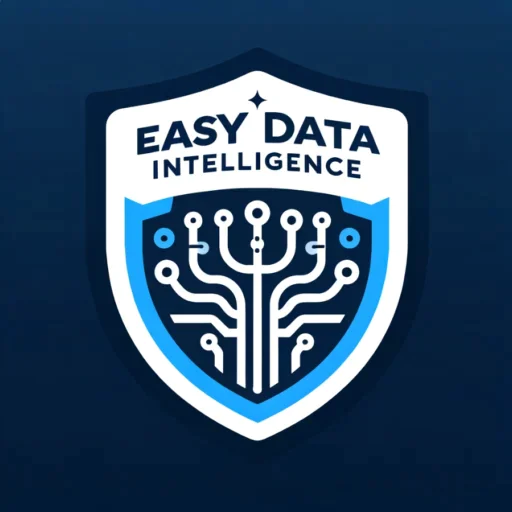
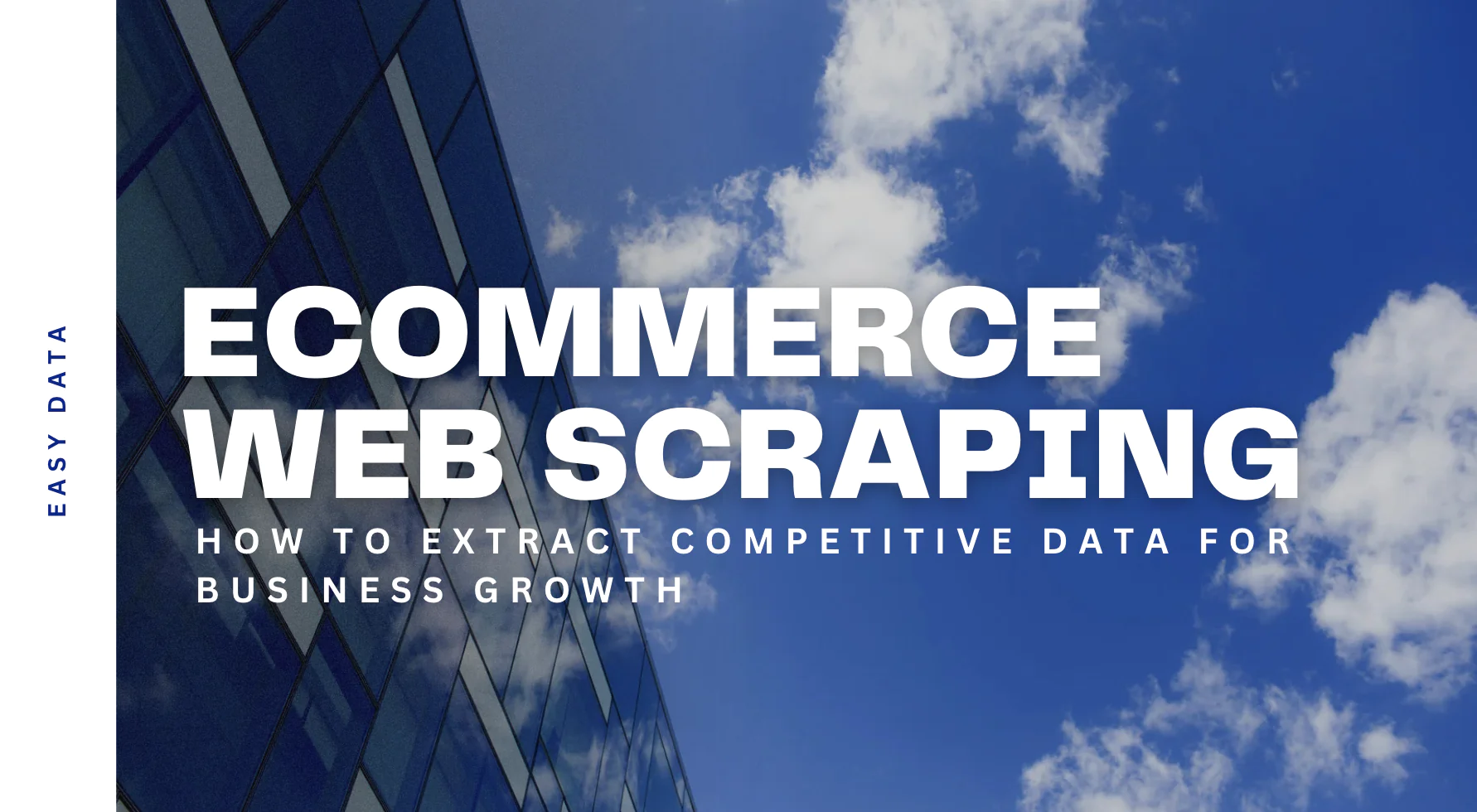
Leave a Reply